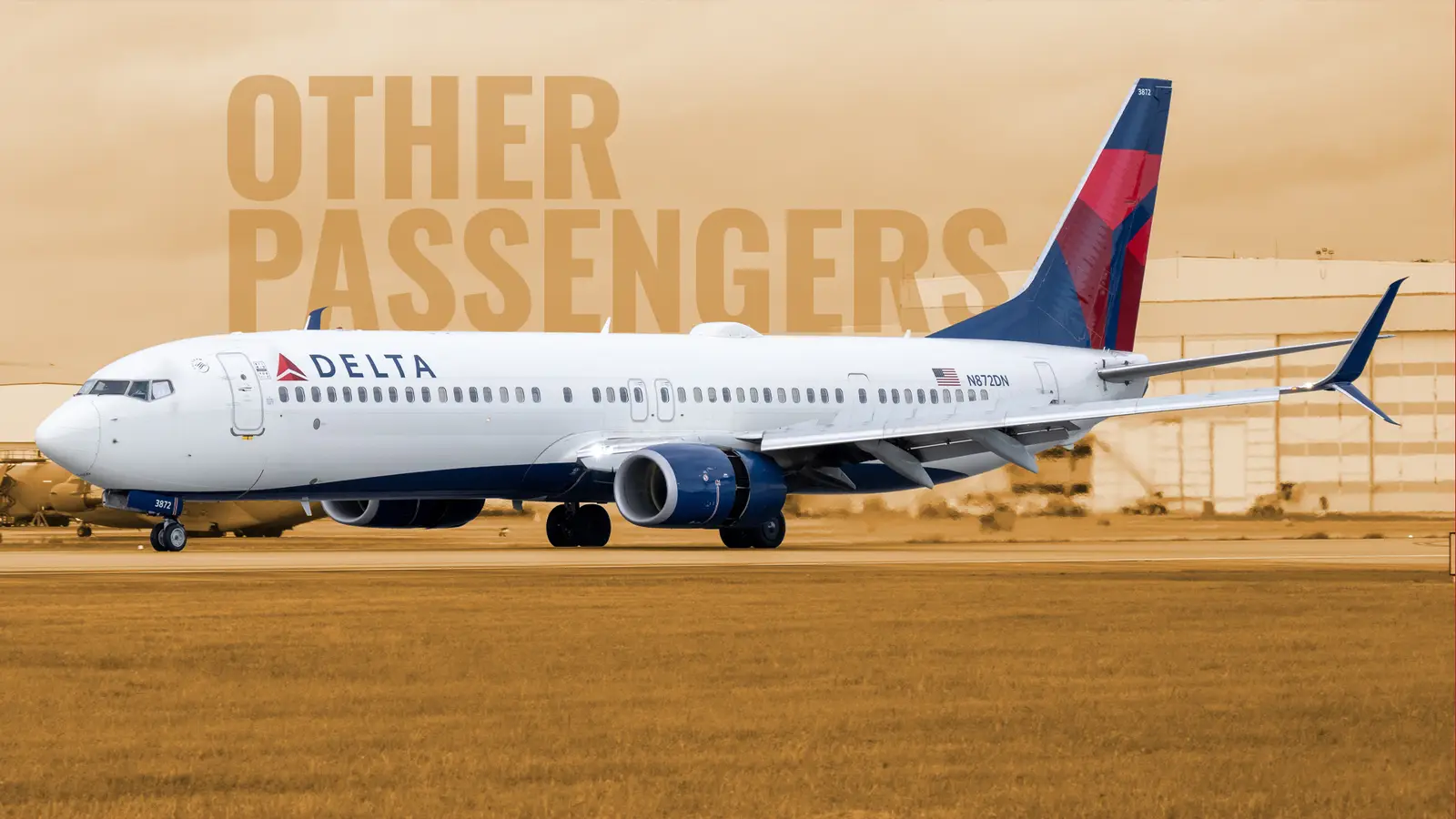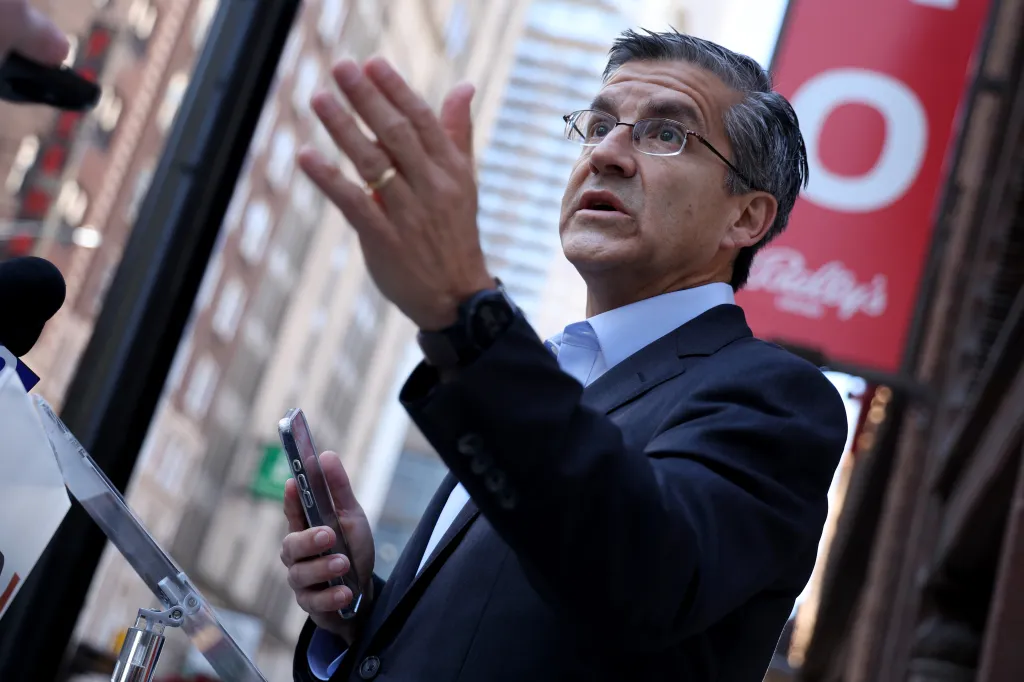Copyright Simple Flying

Delta Air Lines (NYSE: DAL) has consistently proven its ability to serve as the aviation industry's leader not just in terms of service quality and reputation, but in financial performance as well. It would be simple for us to highlight how Delta Air Lines has the industry's largest revenue, market capitalization, and operating profits, but that would not tell the entire story of how the airline has continued to outperform the expectations of even the most bullish analyst. Legacy carriers, such as Delta Air Lines, United Airlines, and American Airlines, had historically trailed low-cost operators in terms of margin performance until the COVID-19 pandemic. In the years that have followed, Delta specifically has seen margin expansion beyond even the estimates of the most bullish sell-side equity research analysts back in 2019. The airline's shares have continued to return exceptional value to shareholders, and it continues to deliver good earnings. Even though United Airlines (NYSE: UAL) and its CEO Scott Kirby have attempted to argue that Delta's reign is coming to an end, financial metrics do not support this argument. We analyze the role that Delta's continued focus on premium travelers has contributed to its astounding market outperformance. A Brief Overview Of Delta's Recent Success Delta's recent financial success comes from a deliberate tilt by the airline towards premium revenue, the economics of its loyalty program, and the overall dominance of its global network. Over the last decade, the airline invested heavily in its differentiated cabins, lounges, technology, and operational reliability. The airline has made high-margin premium seats, co-branded premium card spending, and high-margin ancillary revenue the center of its profit-and-loss equation. Premium cabins were once a loss-leader for the airline, but today they are the company's richest profit pool, and management expects premium revenues to surpass those of the main cabin by 2027. The airline's partnership with American Express is going to provide it with a steady and growing source of cash flows, including around $2 billion from last quarter alone. This process has been at the center of the airline's post-pandemic recovery strategy. Delta Air Lines also controls capacity at several powerful hubs across the country, including Hartsfield-Jackson Atlanta International Airport (ATL), Detroit Metropolitan Wayne County Airport (DTW), Minneapolis-St. Paul International Airport (MSP), Salt Lake City International Airport (SLC), and Boston Logan International Airport (BOS). The airline also has a major presence at John F. Kennedy International Airport (JFK), Seattle-Tacoma International Airport (SEA), and Los Angeles International Airport (LAX). The airline continues to look to expand into new kinds of international markets through joint ventures, which will add higher-yield services to the airline's long-haul mix, while a younger and more fuel-efficient fleet is set to lower overall unit costs. On the demand side, affluent leisure and resilient corporate traffic have kept load factors and fares firm across the board. The result was record profitability, including more than $1.4 billion during the September quarter on its own, helping improve free cash flow to deleverage and reinvest. There are outstanding risks, such as the concern of macroeconomic softness among wealthier consumers or a faster rebound in industrial supply. On October 16, 2025, shortly following United Airlines' third-quarter earnings release, New York Times travel industry analyst Niraj Chokshi published an analysis of the fresh third-quarter financial results. His argument, which has been discussed across the industry, argues that the industry has been cut into two tiers, with Delta and United pulling ahead into a new tier beyond that of their rivals. The core mechanics behind Chokshi's argument are fairly straightforward. He argues that years of investment in premium cabins, lounges, technology and operational reliability have shifted these airlines' revenue mix towards higher-yield customers. He argues that expansive international networks and joint ventures add long-haul revenue capabilities that smaller competitors cannot match. Additionally, he notes that United and Delta's positions at fortress hubs concentrate demand and overall connectivity, further supporting their overall pricing power. Loyalty programs and co-branded credit card spending supply remains steady, and high-margin cash flows are proving to be less cyclical than ticket sales. This insulates the earnings of Delta and United from the global economic cycle, if you buy Chokshi's argument. He notes quite clearly: "Airlines in the United States seem to be separating into two groups. Delta Air Lines and United Airlines make lots of money. And then there’s everybody else." He is quick to point out the differences between these models and those of the airlines' peers. Specifically, American's profitability is lagging, and the low-cost carrier cost advantages are beginning to erode. At the same time, they are playing catch-up, trying to cater to premium customers without the network foundation needed to serve them. His argument cleanly frames Delta and United as having a durable, strategy-driven advantage over other competitors. There are a few reasons why this commentary is particularly fascinating. There is relatively limited debate over whether Delta Air Lines is doing an effective job of targeting premium travelers. Everyone from the airline's management team to individual investors to premium customers themselves is quick to highlight the efforts the airline is taking to offer a more comfortable cabin product to this highest-spending echelon of the travel market. However, the idea that United Airlines and Delta are in a "tier" of their own has been less often pushed forward by people not named Scott Kirby. There are certainly some sell-side research analysts and portfolio managers who will argue that United and Delta's margin expansion is a parallel effort, and that other airlines are struggling to catch up. Nonetheless, there are many places where Delta excels uniquely in ways that United can only hope to match. United is currently doing everything possible to pull even with Delta in the premium market. There are some signs that Delta's grip on this travel demographic could be stronger, given United's weaker revenue performance that led shares to slide nearly 10% last week. Delta's Advantage With Premium Travelers Is Stronger Than United's While it is certainly clear that there is increasingly a divergence in the air travel market, Chokshi's co-leaders' framing is a slight oversimplification of the industry's complex current dynamics. Delta's model has some structural strengths that United cannot currently match. The airline is capable of upselling cabins at a higher rate than United. Its lounge network is far more diverse and carries stronger brand recognition. In the most valuable markets, Delta continues to edge out its rivals to control the premium market. American Express, Delta's principal and semi-exclusive credit card partner, creates a competitive moat that few can challenge. Deeper card penetration, especially among corporate travelers, leads to less volatility in cabin demand and continued dominance of international markets. The airline also has a cleaner operational picture, with hubs like Atlanta, Minneapolis, Detroit, and Salt Lake City being extremely efficient and less delay-prone. This is in sharp contrast to United's chokepoint hubs at Newark, Chicago, and San Francisco. Delta's edge in reliability helps compound this, sustaining a service premium that the airline can use to generate higher revenues. Delta's continued growth relies on an aggressive long-haul expansion and aircraft deliveries, which are increasingly looking on track. United's plan for growth carries higher execution, supply-chain, and geopolitical risks. Delta's Ability To Target Young Premium Travelers Is Its Strength Where Chokshi's analysis is spot-on is when it comes to Delta's ability to target high-spending young travelers. The airline has built a full-stack premium funnel, differentiating cabins on long-haul and key domestic routes, upgrading lounge infrastructure, and ground experiences. This constantly nudges customers into higher fare classes or paid upgrades. The airline has also continued to build out its co-branded credit card partnerships with American Express, and it grants elite status based on spending tied to both travel and everyday purchases. This deepens the Delta SkyMiles program's penetration among wealthy households and increasingly affluent small-business owners. Network choices have continued to reinforce this thesis, especially when it comes to the airline's fortress positions in high-income metropolitan areas and high-density corporate corridors. These maneuvers have helped the airline keep jets full of premium travelers, while joint ventures continue to open up more long-haul services. The airline also pairs this with reliability, offering on-time performance and service consistency that justify the price premium the airline is increasingly charging in the market. What Is The Bottom Line? At the end of the day, Delta Air Lines is a carrier focused almost exclusively, at this point, on serving premium travelers. Even in economy, the airline is charging a market premium for its product, and it continues to add more features to its overall experience to justify this kind of price increase. The airline's ability to cater to younger high-spending travelers has driven its margin outperformance. These kinds of customers have rewarded the airline during difficult economic times by continuing to fly Delta. This has been a key factor that allowed the airline to deliver such exceptional performance despite a relatively difficult summer.



